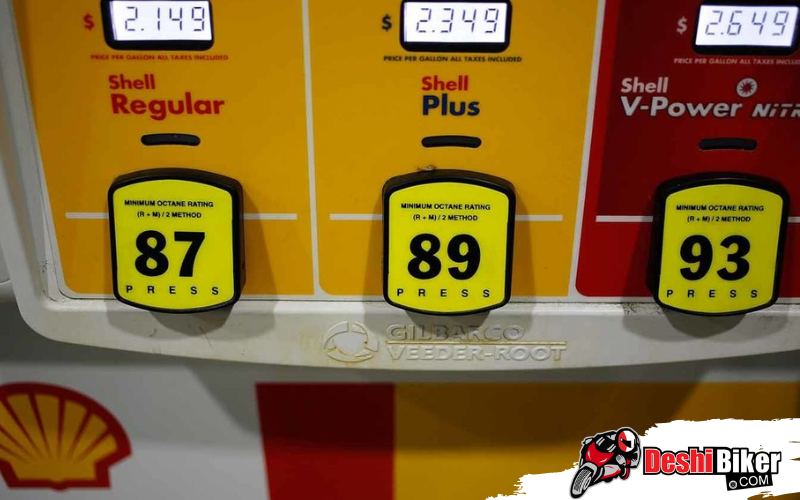Research Octane Number (RON)
Research Octane Number is briefly known as RON, as the determinator of fuel grade. RON is defined by the percentage volume of iso-octane in a miniature with heptane, it is the testament of fuel intensity. RON number refers to the performance, suitability, and efficiency of gasoline. It also defines fuel combustion at low speeds and temperatures, in leisure conditions or during acceleration RON reflects the attitude of fuel. A higher RON rating describes the higher compression it can endure in a spark-ignition engine before igniting. In United Kingdom (UK) 95 is considered the standard RON rating for all cars, RON rating may rise upto 100. In a mixture of gasoline containing 95% of iso-octane and 5% of heptane is graded as 95 RON rating. Typically, RON number is displayed on highly visible billboards at fuel pumps all over the world, this trend started in Germany.
Vehicle owners are made aware first of the RON number in selecting the right fuel for their vehicle.
Motor Octane Number (MON)
Motor Octean Number is a relevant key to denote the behavior of engine fuel at high acceleration. In automotive terms, the overall phenomenon of gasoline engines is defined after the word knock. Motor Octane Number gives a standard of engine knocking efficiency, fuel combustion, and temperature at peak speed. In lower MON number air/fuel mixture fails to combust properly in the engine cylinder which results pinging sound known as “knocking”. So, it is important to know as well the MON number to get maximum engine performance.
Generally, RON number is specified by ASTM D2699 standard test method and MON is defined by ASTM D2700 standard. Both of these lab test methods use a single cylinder, four-stroke cycle carbureted, variable compression ratio, developed by Cooperative Fuels Research group.



























